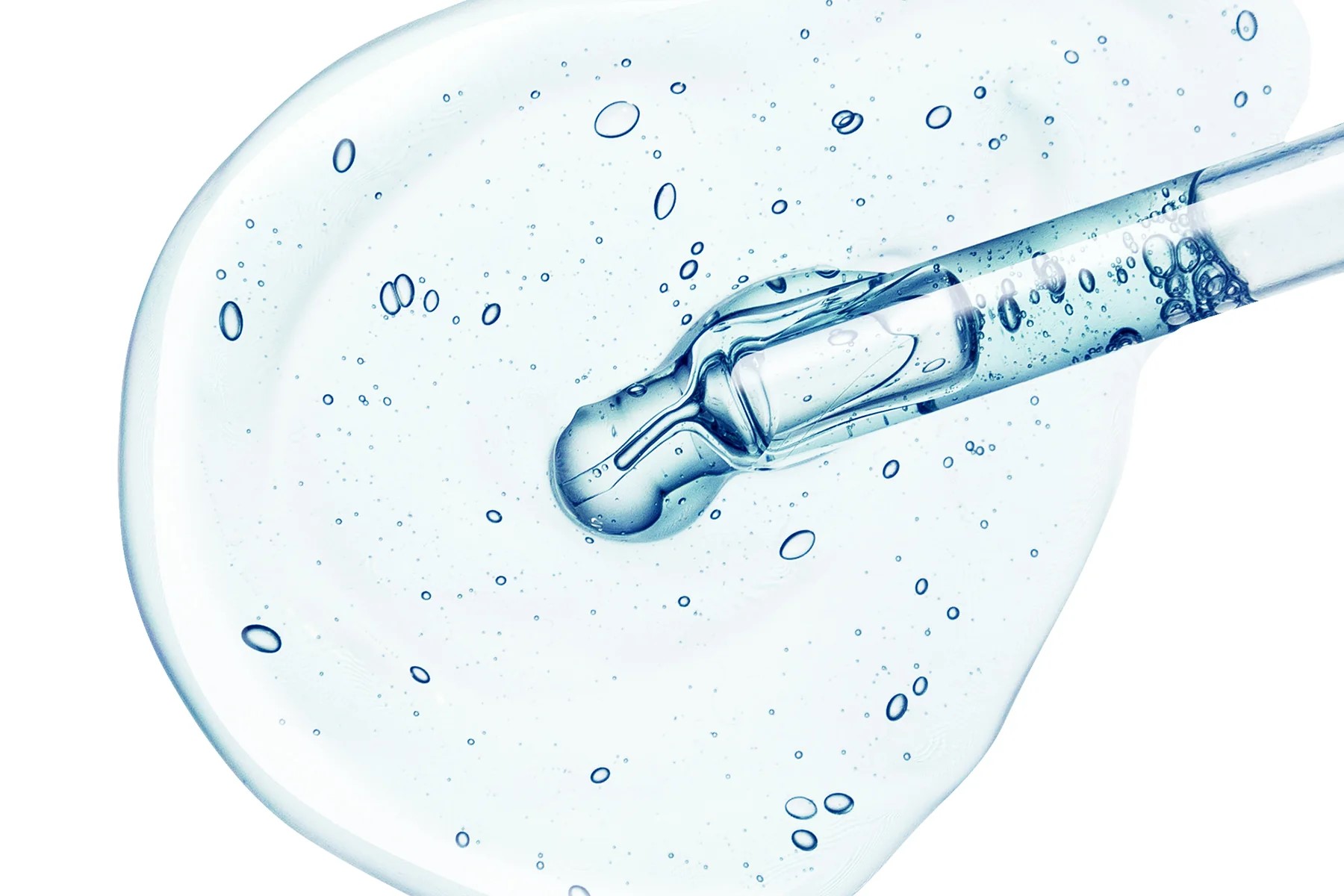May 29th, 2024
Avalon’s Guide to Beta Hydroxy Acids
Going into the world of skincare years ago, the one thing that surprised me the most is receiving new clients that were previously loyal clients to salons for chemical peels and them not knowing exactly what type of chemical peel they were getting. Here is a recent example case when I moved my practice to Riverview. I was only a week or two from opening doors and I had a potential client walk in to ask about peel services.
Now this client was a loyal, every other month chemical peel client for a well known salon down the way. This potential client advised me exactly what skin care goals she had, we talked about the types of peels (acids) and what each one of them target. She informed me that she had a service scheduled tomorrow with them, and told me that it was the “anti-aging” peel that focuses on deep wrinkles and firming. Well okay, I said, but which acid? She could not tell me! This long-term client was not informed of any type of education other than, she is getting the “anti-aging” peel. Now, as a professional, I don’t expect for my clients to know everything. I am sure I would bore them to no end talking about each and every ingredient in the ingredient decks and what the chemical properties are. I do however, as a professional, teach my clients about the main actives I am using in each treatment, why I am using it, educate them on what results they can expect, and proper aftercare.
So do you want to know what happened with that client? She came in the following day after her peel service furious. Yes, this salon was selling her every other month chemical peels with an acid that focuses on acne, Salicylic Acid. Not only were they selling her the peel services, but products that had, you guessed it, Salicylic Acid. She had every right to be angry. This well known salon carries an organic line called Eminence. Now, the Eminence pro peel is 15% Salicylic Acid, which is a fairly high concentration. (1) But unfortunately for this client, salicylic acid focuses on acne, by unplugging blocked pores, which reduces redness and swelling. It does help loosen dry, dead skin cells as well. Studies have also shown that it is helpful in treatment of melasma, lentigines, sun damage and freckles. (2) But do you think that for a 72 year old client with no acne or sun damage concerns that the esthetician should have been using that acne focused peel or selling acne focused cleansers? No, that esthetician had to admit that she was giving that active and tried to spin it as having anti-aging properties because it helps exfoliate. By that time, the damage was already done. This client was lost to that salon because they were not honest, was selling her services and products because that’s what they wanted her to buy instead of what she actually needed, and because they did not educate. That client is now 73, and has been a loyal client of mine for just over a year showing a nice improvement in firming, tightening and reduced fine lines by using appropriate acids for those specific concerns.
While unfortunate as it is every time I run across this scenario, all I can do is educate my clients. So let’s start shall we?
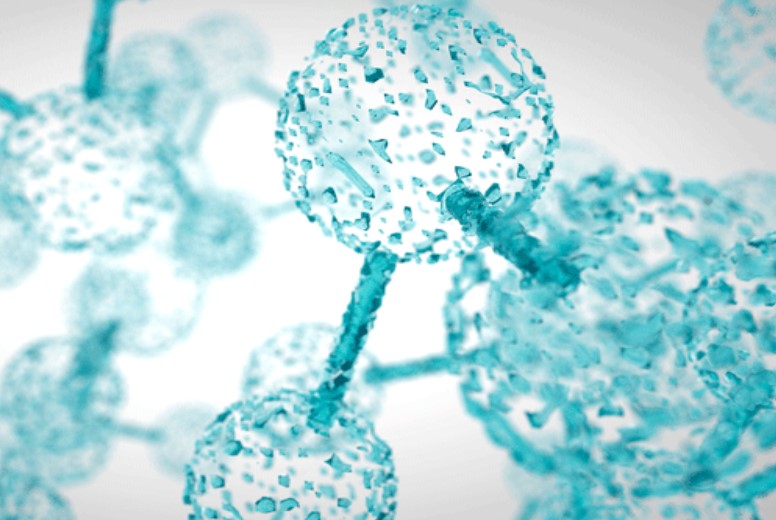
BHA – Betahydroxy Acids
BHA’s are extremely helpful with certain conditions and certain skin types. BHA’s are oil soluble, suitable for oily skin or combination skin, and are keratolytic. Being a keratolytic agent, they help break down outer layers of skin that are thick. This is especially helpful if you have the skin condition Plaque Psoriasis, an autoimmune disease that causes thick patches to develop on your skin or scalp.
What I love about working with local dermatologists is I can work in BHA chemical peels with my clients that are currently taking prescription Tretinoin in certain conditions to treat acne and hyperpigmentation. In addition to this, when I am treating Sun Damage, Melasma and Lentigines other supporting ingredients (Arbutin, Kojic Acid, Vitamin C) are even more effective to bring about a more even skin tone.
Salicylic Acid- A popular acid in peel formulations, facial cleansers, scrubs and facial toners; this “BHA” has been in formulations for 2,000 years. (3) This acid helps unclog pores, which reduces swelling and redness, as well as treats conditions such as sun damage, melasma and more. It’s extremely effective in treatment of acne. But what you don’t know is technically, Salicylic Acid is not a true BHA. From a chemist’s perspective, the carbons are on the aromatic benzene ring, which gives it different chemical properties than true BHA’s. The FDA recognizes it with a slight grudge as a BHA in cosmetics though. (4) Funny thing, that. This acid is anti-inflammatory, anti-bacterial and anti-fungal. I would recommend this for: Acne, Seborrheic Dermatitis/Psoriasis, Melasma, Keratosis Pilaris, Enlarged Pores, Past Sun Damage or Lentigines (Liver Spots). Most will sell products with 2% of this acid or less. It’s important to note that anything over the 2% and the FDA has to get involved in formulations and testing.
– Salicylate is a salt or ester of Salicylic Acid. Salicylates are found naturally in willow bark/birch bark and wintergreen leaves.
-Aspirin is a derivative of Salicylic Acid, known as Acetylsalicylic Acid.

Hale & Hush Clear Future Toner has just under 2% of active Salicylic Acid, Neutrazen (A Neuropeptide to calm and soothe inflammation), Malva Sylvestris Mallow Flower Extract (Skin Soothing), Syringa Vulgaris Lilac Stem Cells (Regulate Sebum, Antifungal, Anti-Inflammatory), Fomes Officinalis Mushroon Extract (Pore refining, Astringent, Moisturizing) and Yogurt Extract & Yogurt Powder (Probiotic, Antimicrobial, Anti-Inflammatory)
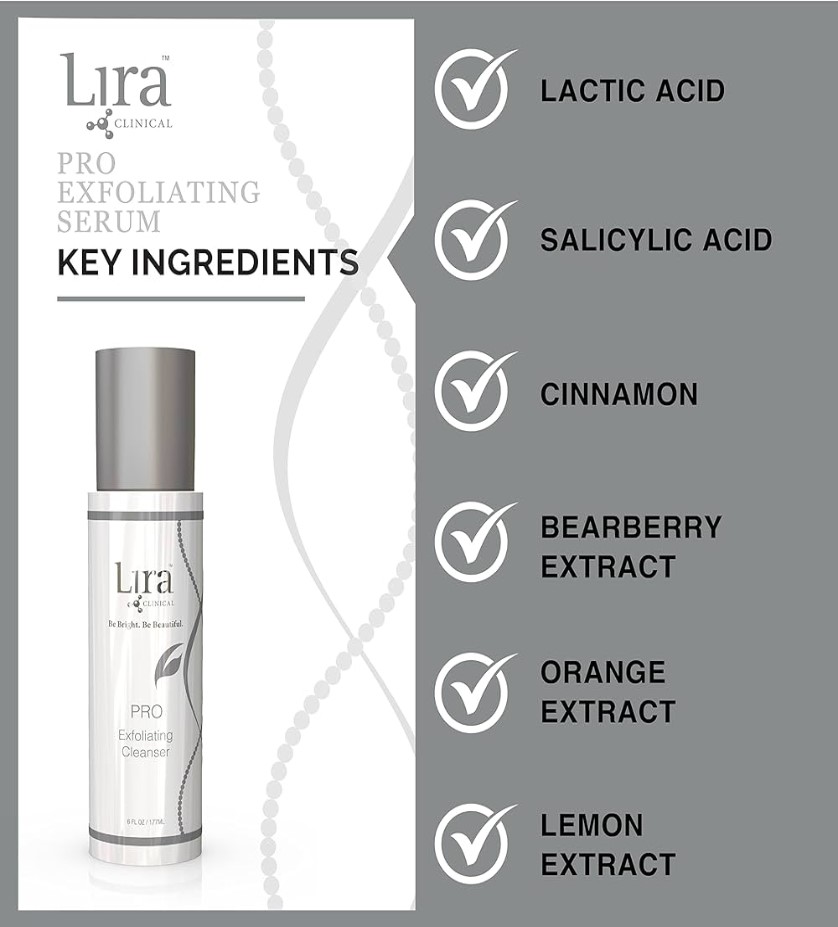

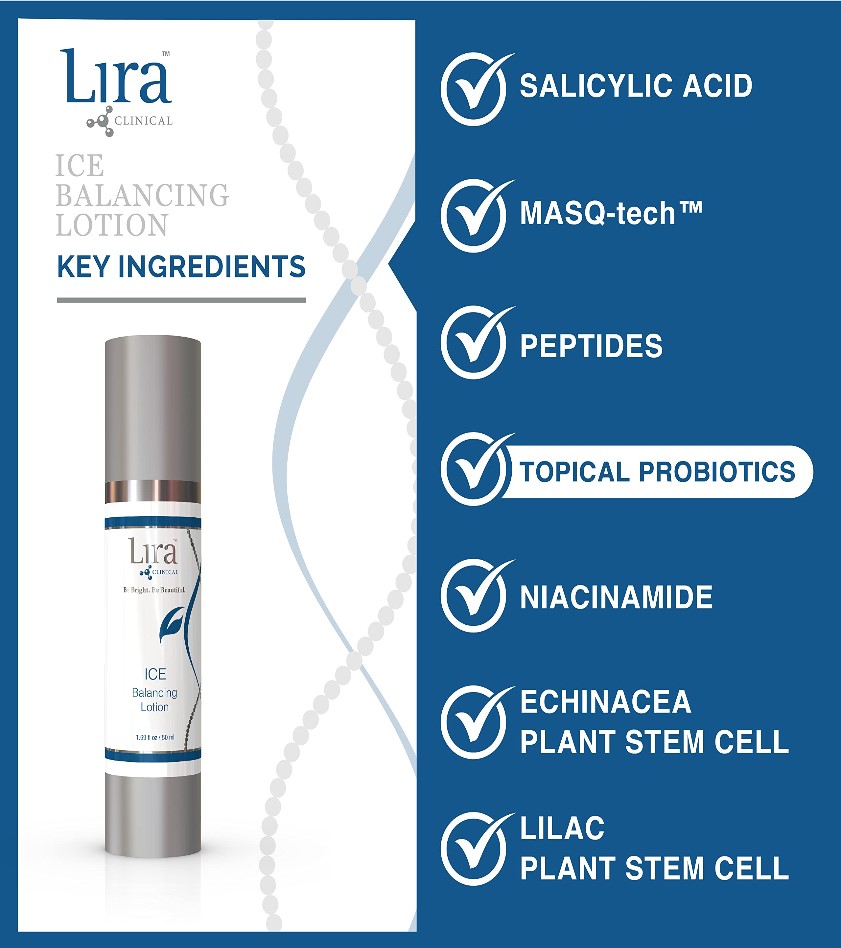
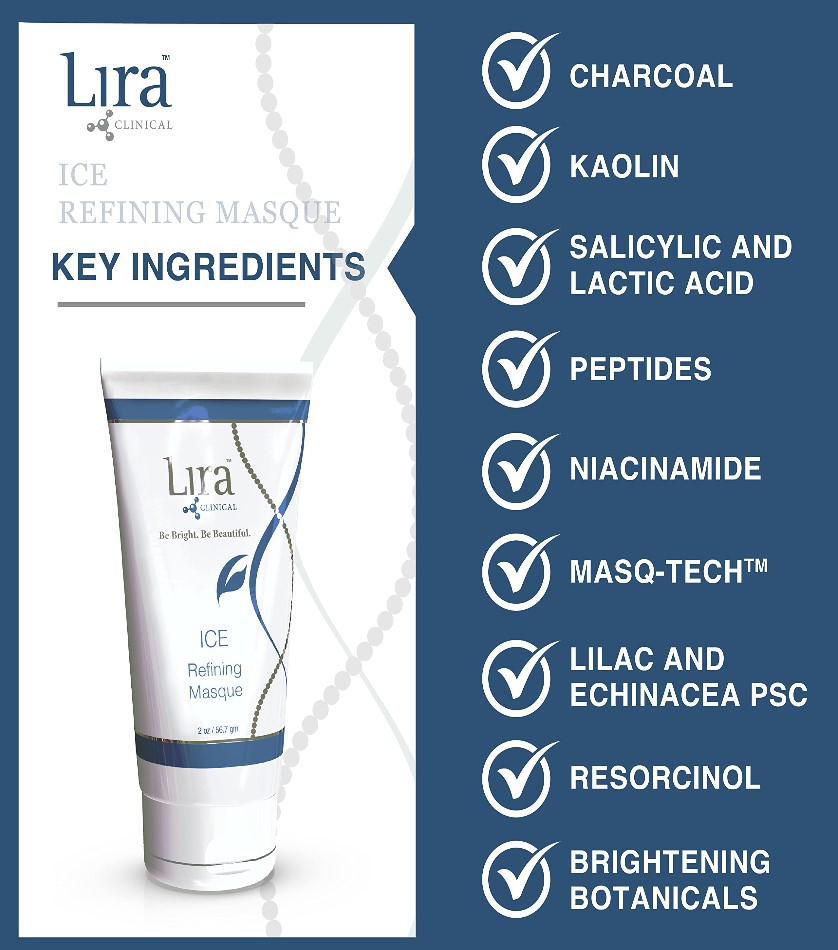
The Lira Clinical line is a clinical grade line that has several products with formulations that include salicylic acid. Mostly in the Pro Line (Anti-Aging) and the ICE Line (Acne), you can intermix the two lines with the Bio Line and the Mystiq Line to perfect your skincare routine and reach your goals.
Betaine Salicylate- (Also known as Beta Hydroxybutanoic Acid) Similar to Salicylic Acid, this BHA is more gentle on the skin and used in formulations for sensitive skin. Derived mostly from the fatty acid of sugar beets, this acid can be found in fruits, nuts and vegetables, as well as occurring naturally within your skin making this vegan friendly. I would recommend this for: Mild Acne (Grades I and II) and Sensitive Skin.
According to a study about Betaine Salicylate from Arch Personal Care, an ingredient manufacturer, the concentration of 4% is needed in order to have the same effectiveness as Salicylic Acid in 2%. (5) Research from Ataman Chemicals, a manufacturer, has indicated that betaine salicylate may also improve collagen production, hyperpigmentation and intracellular water retention. (6) More studies are needed for this ingredient as they are very limited.
Trethocanic Acid- Derived from pine bark, this acid is similar to Salicylic Acid, but much more potent. This would be a good alternative to someone who has more severe grades of acne (Grades III and IV) and has not responded well to other treatments.
Beta-Lipohydroxy Acid- Also known as C8-LHA, 2-Hydroxy-5 Octanoyl Benzoic Acid, this acid was developed in L’Oreal Brand Labs in the 1980’s and therefore you will only find it in L’Oreal brand skincare products. (7) It has a higher molecular weight and a added fatty chain making it unique as a option for gentle exfoliation with astringent properties.
Tropic Acid- Also known as Tropate or alpha-(Hydroxymethyl)phenylacetic acid, this is a benzoic acid derivative and carries anti-fungal properties. This acid is proposed to be for treatment of wrinkles in the skin. (8) There is almost non-existent documentation online for this ingredient, and the company Chemical Book which monitors chemical ingredients have 10 suppliers for this ingredient listed and they are all based in China. Studies and published documentation is needed for this ingredient.
Sodium Salicylate- a sodium salt of salicylic acid, this is the active component of aspirin and still considered a BHA. It’s important to understand that the salt of an exfoliant is a neutralized form. If you see this in formulations, more often than not, this is added into the product as a preservative. It has no exfoliating properties.
Citric Acid is sometimes on rare occasions cited on product formulations as a BHA when in fact it is an AHA.
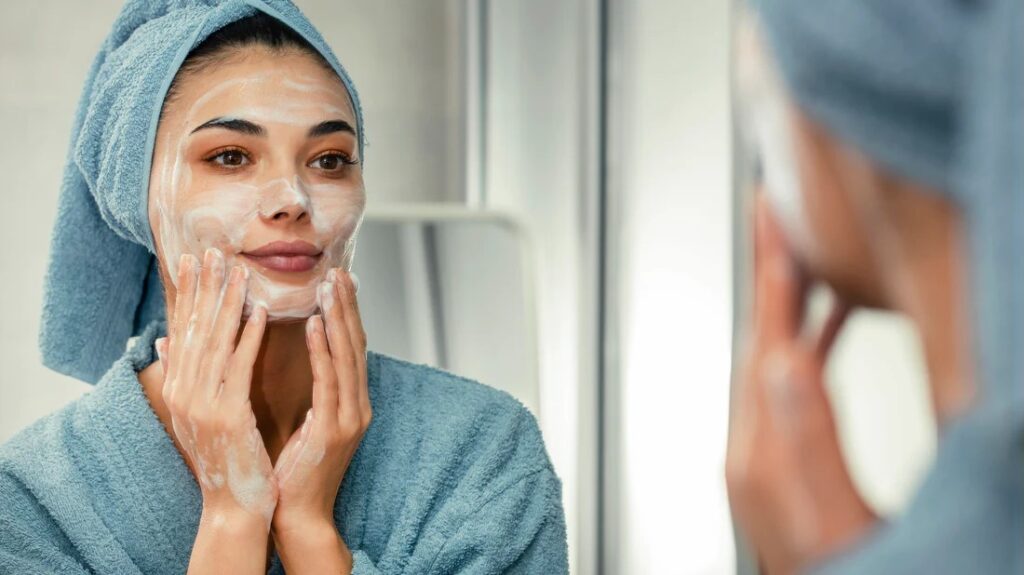
Cautions & Counterindications To Be Aware Of
As with adding any exfoliant (chemical or physical), it’s a good idea to start every other day or every third day until your skin can adjust. If you have never had a chemical peel with a BHA, it’s a good idea to patch test if you are concerned.
BHA’s are a chemical exfoliant, they do not increase sun sensitivity like AHAs or Retinols do, but sunscreen is never a bad idea to protect your skin from UVA/UVB damage and pigmentation.
BHA’s in general are not good for those who have dry skin types. Furthermore, if used in excess, they can be very drying to the skin.
Another thing to consider is BHA’s unclog pores, therefore it’s normal for your skin to purge. This is because BHA’s work on a deep level to clear trapped sebum in the pores while slowing down oil production. Purging can last on average four to six weeks.
Use BHA’s in the morning so you can use Retinols at night. Remember BHA’s help clear away dead skin cells. Retinols help boost your peak cell division that happens at night (Circadian Rhythm). When you apply retinol topically, it becomes Retinoic Acid, binding to receptors on the skin cells (RARs). These Retinoic Acid Molecules signal for your skin cells to divide faster. Sometimes BHAs can be used with Retinols, but in the skincare steps, use your BHA first waiting 30 minutes for your skin’s pH to return to normal before the next step, also taking care to use a thick quality moisturizer as using both products can cause irritation and sensitivity.
Adverse Reactions
It is possible to be allergic to BHA’s. A Salicylate Allergy, also known as Salicylate Intolerance, is a reaction you can have when you come in contact with Salicylates, Salicylic Acid and other related chemicals.
Are you allergic to Aspirin? Then that is a clear indication that you should not use products with BHA’s or consult a physician and proceed with caution. This allergy is most commonly seen in people who suffer with Asthma, IBD Inflammatory Bowel Disease and certain food allergies.
If you feel your having an adverse reaction, stop use of product immediately and seek help from a medical provider.
Research & Resources
https://www.eminenceorganics.com/us/products/pro-salicylic-acid-peel-15 https://www.ncbi.nlm.nih.gov/pmc/articles/PMC4554394
https://www.ncbi.nlm.nih.gov/pmc/articles/PMC4554394
https://www.fda.gov/cosmetics/cosmetic-ingredients/beta-hydroxy-acids
http://biotherapeutic.es/WHITE_PAPERS/AF_ACNE_WHITE_PAPERS.pdf https://www.atamanchemicals.com/betaine-salicylate_u25341 https:///www.lorealparisusa.com/ingredients-library/lipo-hydroxy-acid https://www.chemicalbook.com/ChemicalProductProperty_EN_CB3266100.htm

